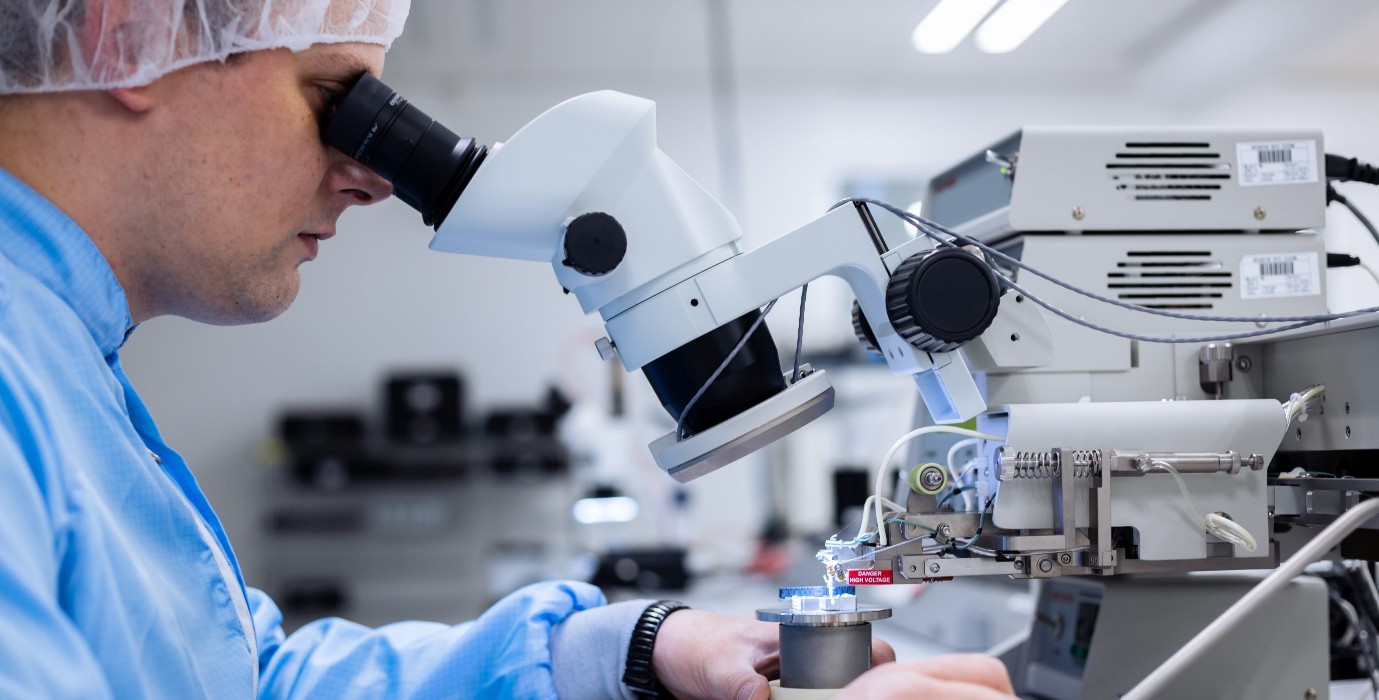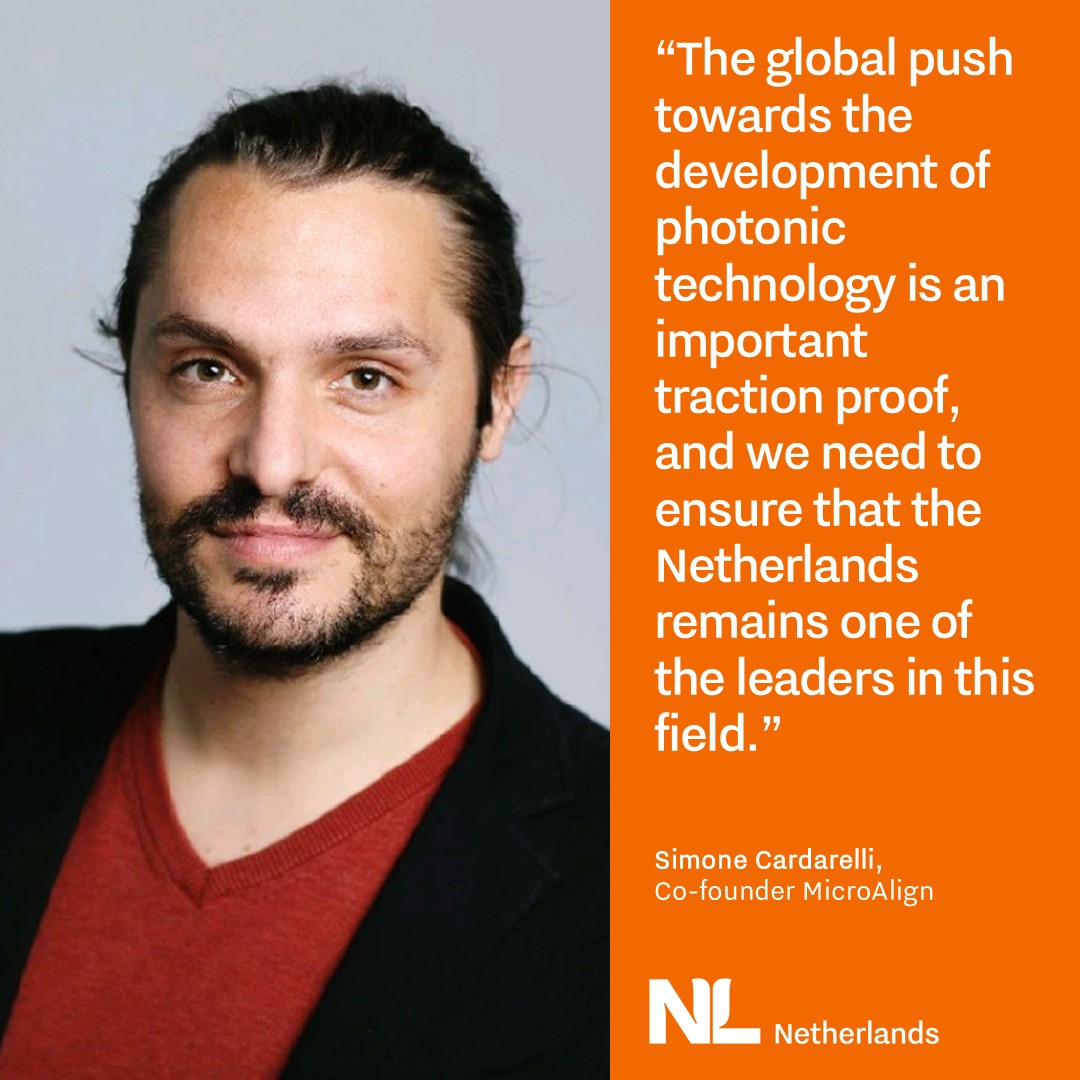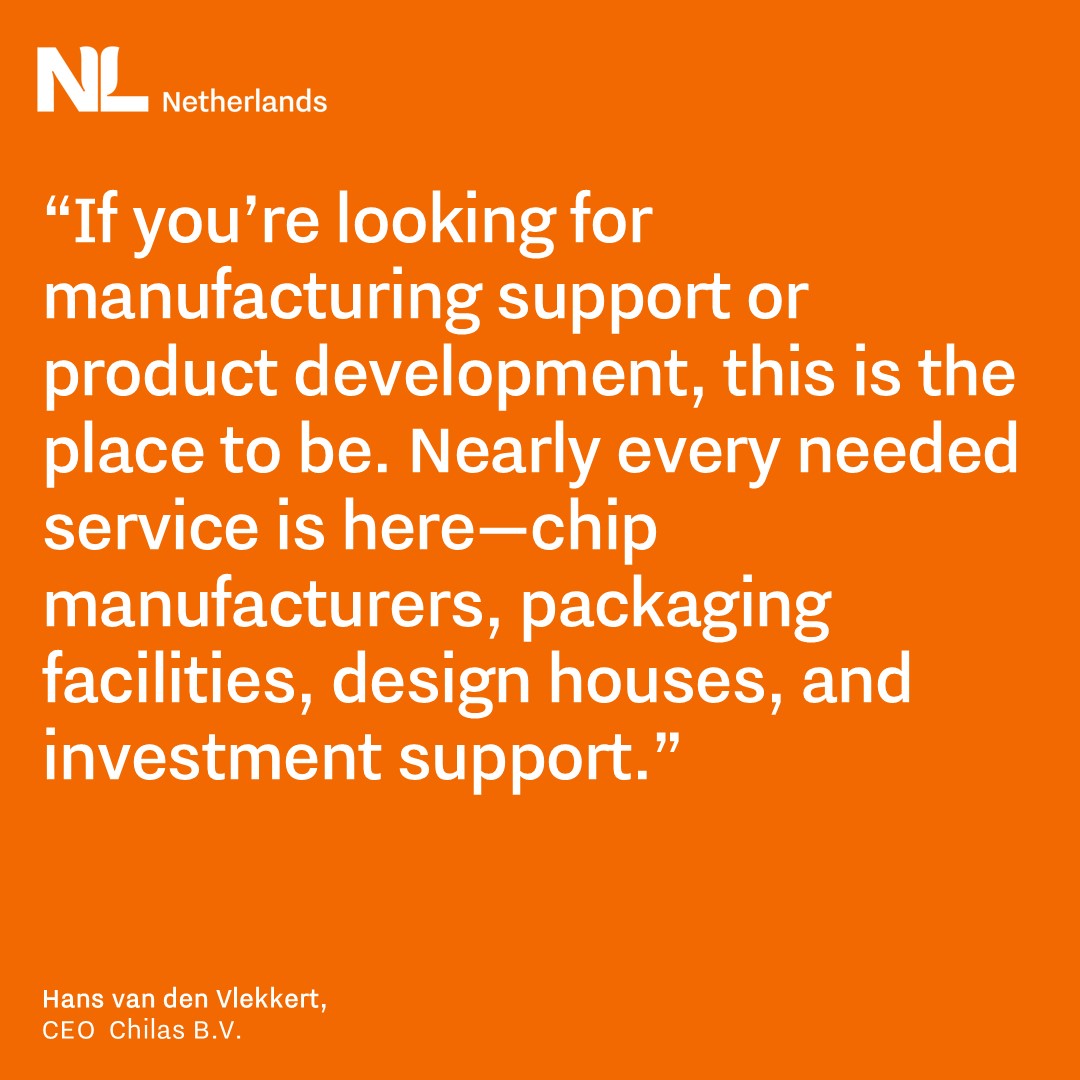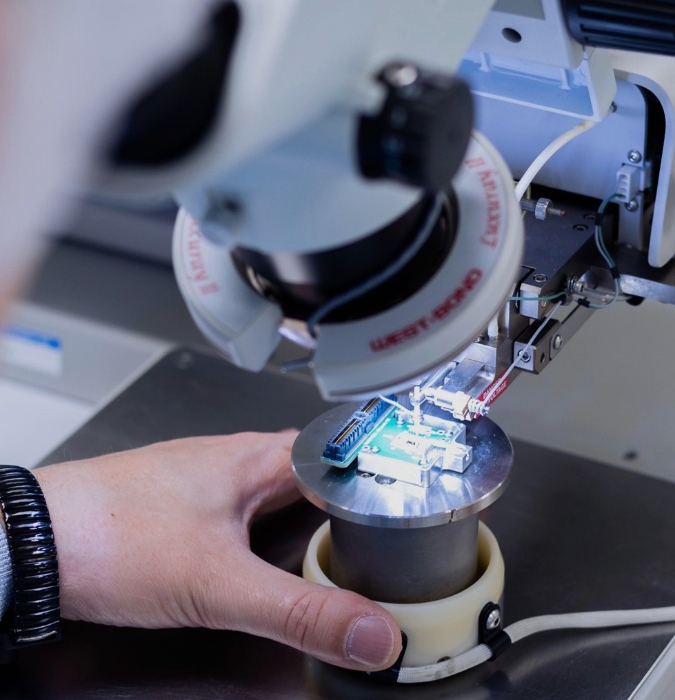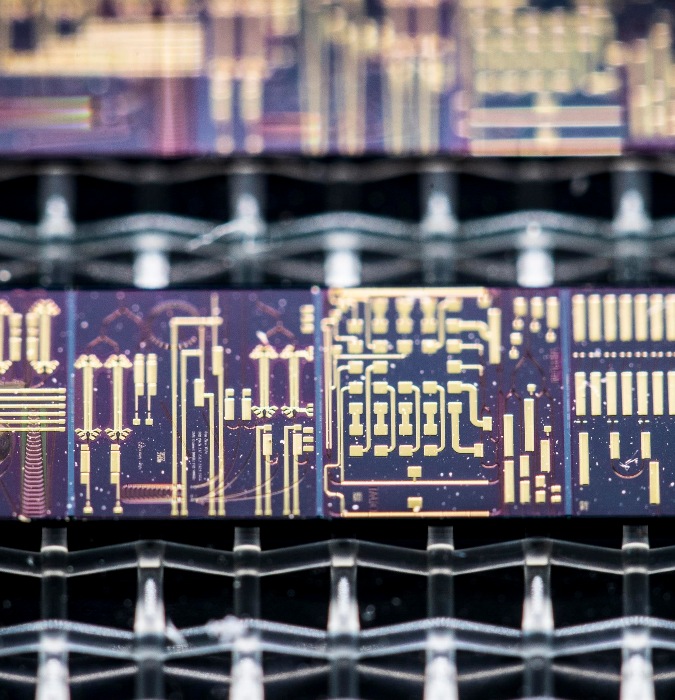The investment climate in the Netherlands is favourable for startups and established companies. Venture capital funding has surged recently, with investors keen on supporting innovative projects within the optical systems sector.
The PhotonDelta ecosystem strengthens this environment by integrating design, fabrication, packaging, and application development. Additionally, European programs like Horizon 2020 offer funding opportunities for research and development in photonics.
“The global push towards the development of photonic technology is an important traction proof, and we need to ensure that the Netherlands remains one of the leaders in this field.”
- Simone Cardarelli, Co-founder MicroAlign
Venture capital investments in Dutch photonics startups reached €280 million in 2023, with significant interest from international investors. The ecosystem supports early-stage innovations through specialised innovation funds, university-industry collaboration programs, and incubation and acceleration platforms.
The Netherlands Foreign Investment Agency (NFIA) plays a crucial role in this landscape, helping international companies and entrepreneurs navigate the Dutch business ecosystem and connecting them with local photonics networks and investment opportunities.
With strong market demand, an encouraging policy environment, and a thriving ecosystem, the country offers immense opportunities for startups and skilled migrants to thrive in this high-tech sector.
